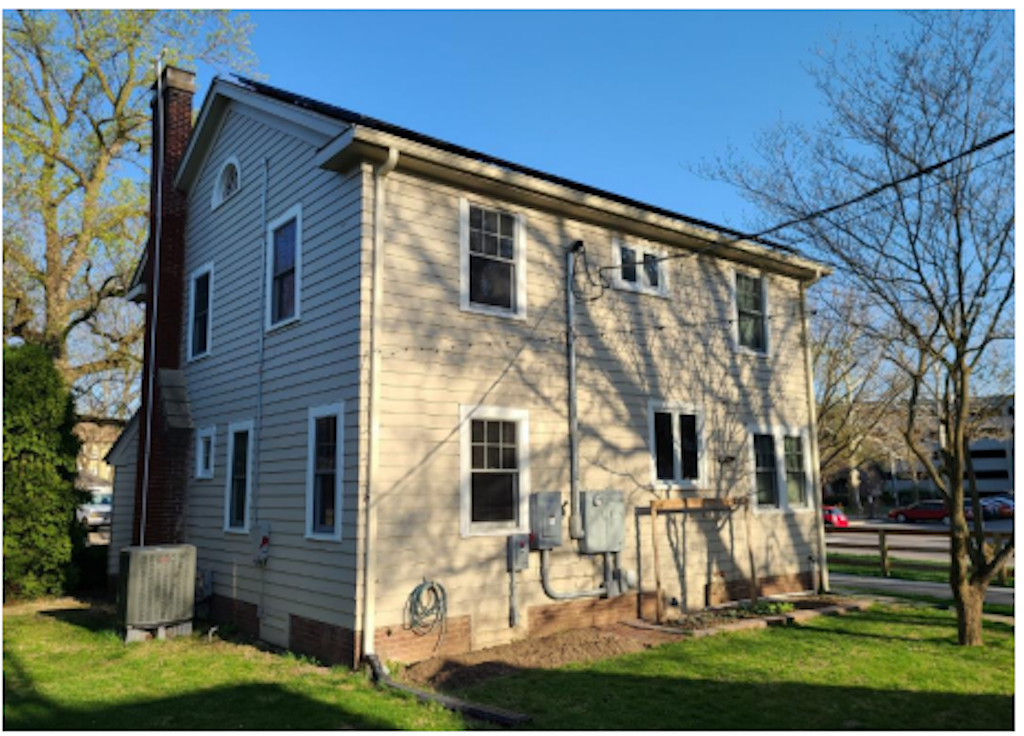Our research group focuses on design and control methods for energy systems in homes, businesses, and communities. We aim to develop technologies that can reduce emissions in the real world at the speed and scale needed to avoid the worst impacts of climate change. We work in a number of experimental testbeds, including an all-electric house just off Purdue’s campus, an 83,000 square foot office and lab building on campus, and the campus itself.
The DC Nanogrid House

The DC Nanogrid House is a 2,000 square foot, 1920s-era house just off campus. Since 2016, Purdue researchers have renovated the house with new insulation and windows, rooftop solar panels, an air-source heat pump for space heating and cooling, a heat-pump water heater, a home battery, and a bidirectional electric vehicle charging station. In addition to conventional alternating current wiring, the DC Nanogrid House has direct current (DC) wiring that connects its DC solar panels and battery to DC lights and appliances. Sensors blanket the house’s thermal, electrical, and water systems. The DC Nanogrid House is a research facility, owned by Purdue and occupied by engineering graduate students. Our Indiana climate sees both hot, humid, sunny summers and cold winters. For these reasons, the DC Nanogrid House provides unique opportunities to test innovative home energy equipment and control methods under a wide range of conditions.
Herrick Laboratories

Ray W. Herrick Laboratories (HLAB), our research group’s home, is a “building to study buildings” on Purdue’s campus. Built in 2013, the 83,000 square foot, LEED-Gold building houses offices, conference rooms, psychrometric chambers, and laboratory space used by about 180 graduate students and 30+ faculty. More than 1,000 sensors monitor HLAB’s heating, cooling, and electrical systems. Four nearly identical open-plan office spaces provide unique opportunities to directly compare different control algorithms under similar weather and occupancy conditions.
Purdue University’s campus

Serving 51,000 students, Purdue’s campus emits as much greenhouse gas pollution as a small city: about 515,000 tonnes of carbon dioxide equivalent per year. Our research group collaborates with Purdue’s facilities engineers, who have an ambitious goal to reduce campus greenhouse gas emissions 50% from 2013 levels by 2025.